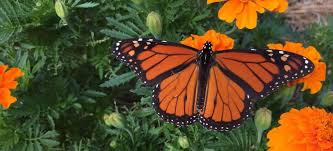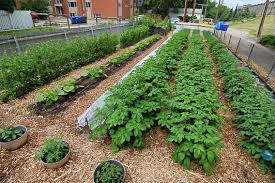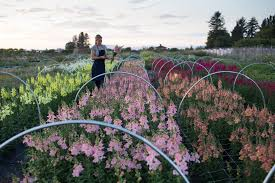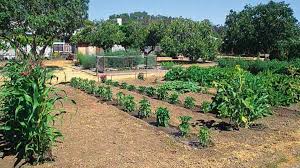As winter slows things down, it offers the perfect opportunity to reflect on last year’s garden and strategize for the upcoming season. The key to improving each growing season is building on previous experiences. While the calendar brings a fresh start, it also opens the door for new ideas and improved techniques. Here’s what I’ll be focusing on for my garden this year to increase productivity and make the most of my space.
1. Attract Beneficial Insects
One of the most effective ways to enhance a garden is by encouraging beneficial insects. Last summer, I met a gardener who swore by the power of flowers to boost her yields. By planting flowers that attract pollinators, such as borage, calendula, and cosmos, she not only improved pollination but also reduced pest issues. Flowers like parsley, left to bloom, attract hoverflies and bees, which play vital roles in natural pest control and pollination.
This season, I plan to dedicate at least 10% of my productive garden space to flowering companion plants. These will enrich my plot with color and attract helpful insects, making the growing environment more dynamic. If you’re new to companion planting, there are many resources available to guide you on the best flowers for vegetable gardens.

2. Stay on Top of Weeds
Weeding is one of those garden tasks that often gets sidelined, yet it can make or break the success of a garden. Keeping weeds at bay requires vigilance and consistency. The famous saying, “One year’s seeding is seven years’ weeding,” holds true. Weeds that are left to establish can quickly overwhelm your crops.
This year, I am committed to a rigorous weeding schedule. Regular hoeing between crops, especially on sunny days, can effectively kill weeds before they get established. After clearing the ground, I plan to add a thick layer of mulch to suppress any new growth. Staying ahead of weeds will ensure better growing conditions for my plants and prevent future headaches.

3. Grow More Soft Fruit
Space is limited in my garden, so I’ve decided to make the most of vertical gardening. Soft fruit, such as raspberries, is my top choice. Not only are berries packed with nutrients like vitamin C, but they’re also expensive in stores, making them a worthwhile investment for a small garden.
Raspberries are easy to grow once you understand their basic needs, such as proper pruning and good soil. To maximize space, I’ll attach planters to my fence posts and grow quick-to-harvest strawberries in them. This will give me an early start to the berry season, and I look forward to enjoying fresh, sun-ripened fruits by early summer.
4. Plan for Succession Crops
In gardening, short-term thinking is tempting, but planning for the entire growing season is essential for maximizing yield. Succession planting allows for a continuous harvest throughout the year by planting crops that follow one another.
This year, I’m focusing on creating a plan for succession crops. After harvesting summer vegetables like beans, squash, and onions, I will plant cold-season crops such as arugula, spinach, and bok choy. I’m particularly excited to grow more winter greens for smoothies, as my supply of fresh greens from last winter is already gone.
For those new to succession planting, the Garden Planner tool is an excellent resource. It helps you schedule crops based on your location and ensures you have a steady supply of fresh produce year-round. You can try it for free and see how it simplifies planning.

Conclusion
These are my resolutions for the coming growing season—practical goals that will require effort and attention but are sure to yield great rewards. I’d love to hear about your own gardening plans for the year ahead. Share your thoughts in the comments and let’s continue this journey together!
